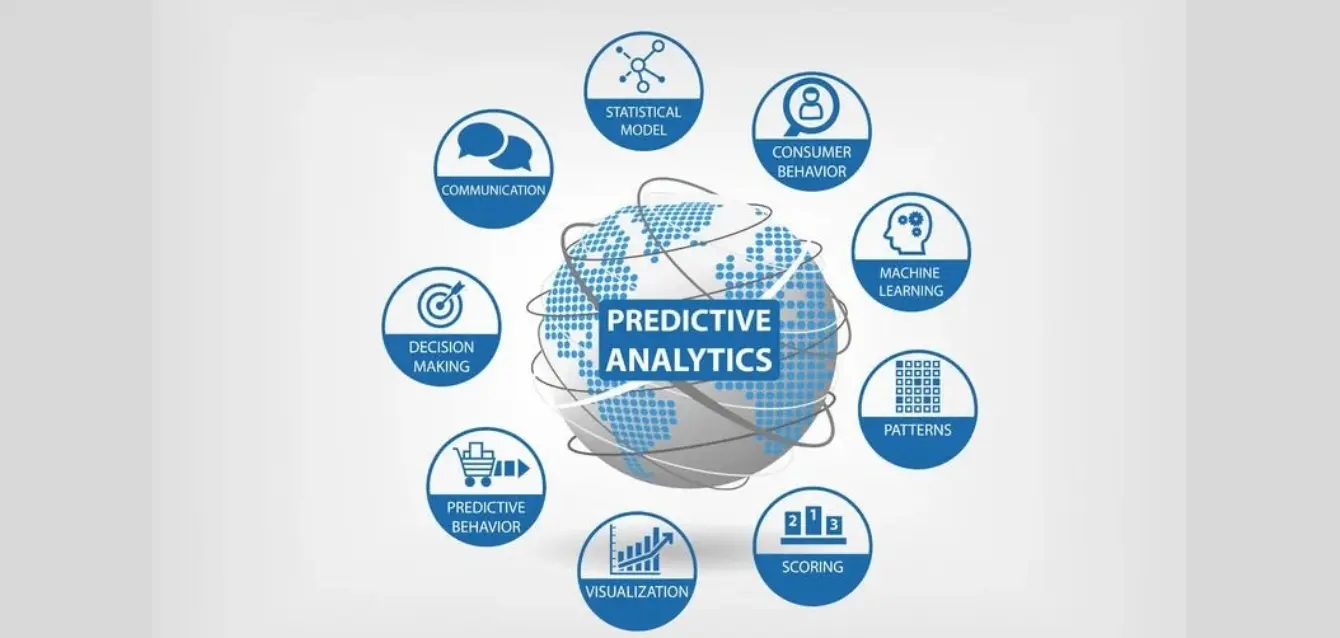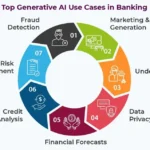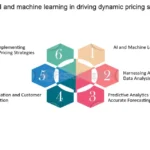Generative AI and traditional AI techniques can be combined in powerful ways to enhance credit scoring models. Here are some approaches to augment generative AI with traditional AI for credit scoring:
Imagine a telecommunications company that wants to reduce customer churn in their mobile service subscriber base. They have historical data on customer attributes like demographics, usage patterns, plan details, customer service interactions, and whether or not each customer eventually churned.
To leverage Generative AI for churn prediction, the company can follow these steps:
- Data Preparation The existing customer data is prepared and cleaned to ensure data quality and consistency.
- Training a Generative AI Model: A Generative AI model, such as a Variational Autoencoder (VAE) or a Generative Adversarial Network (GAN), is trained on the historical customer data. The model learns the underlying patterns and distributions present in the data, allowing it to generate new synthetic data points that resemble real customer profiles accurately.
- Synthetic Data Generation: Once trained, the Generative AI model can generate a large volume of synthetic customer data, effectively augmenting the original dataset. This synthetic data captures the complex relationships and nuances present in the real data while respecting privacy and data protection regulations.
- Churn Prediction Model Training: The augmented dataset, which includes both real and synthetic customer data, is then used to train a predictive model, such as a Random Forest or a Deep Learning model. This model learns to identify the combination of factors and patterns that are most predictive of customer churn.
- Model Evaluation and Deployment: The trained churn prediction model is thoroughly evaluated on a held-out test set to assess its performance and ensure it meets the required accuracy and fairness criteria. Once validated, the model can be deployed into production systems to score new customer data and generate churn risk scores or propensity scores. For example, the churn prediction model might identify that customers who have had multiple billing issues, high data usage, frequent plan changes, and limited engagement with the company’s app or customer service channels are at a higher risk of churning. Armed with these insights, the company can take proactive measures such as personalized retention campaigns, targeted offers, or improved customer service experiences to reduce churn for at-risk customers.
By leveraging Generative AI, companies can significantly enhance their ability to predict customer churn, leading to improved customer retention, reduced acquisition costs, and ultimately, increased revenue and profitability.







